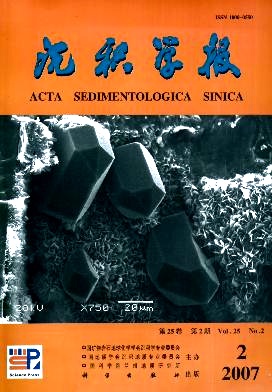Sequence Stratigraphy and Sandbody Genetic Types of Triassic System in Akekule Area
- Received Date: 1900-01-01
- Rev Recd Date: 1900-01-01
- Publish Date: 2007-04-10
-
Key words:
- sequence stratigraphy /
- genetic type /
- sublacustrinefan /
- Triassic /
- Akekule area
Abstract: Based on comprehensive geological analysis of log data and seismic data, integrated with outcrop observation and experimental analysis, stratigraphic cyclicity reflecting lake level change of Triassic Period in the studied area is very clear. According to the dividing criterion of sequence, seven type Ⅰsequence boundaries could be identified, and six type Ⅰsequences are divided correspondingly. Generally, Lowstand Systems Tracts (LST) are well developed, and they constitute the main reservoir sandstone bodies of the studied area. Whereas, the sandstones of highstand System Tracts (HST) and Transgressive Systems Tracts (TST) are eroded, or sometimes lost. The distribution of reservoir is strictly controlled by sequence framework. The genetic types of sandstone bodies have sublacustrinefan deposit during early stage of LST, fluvial deposit in eroded valley and shore lake deposit during later stage of LST, and delta deposit, beach and dam deposition of shore lake during HST. The study of regional basin framework has demonstrated that the studied area lied on foreupfold and backedge basin edge of Kuche foreland system during Triassic Period. So the relative change of lacustrine level result in prominent stratigraphic cyclicity which control sandstone body type and distribution.
| Citation: | GUO Jianhua. Sequence Stratigraphy and Sandbody Genetic Types of Triassic System in Akekule Area[J]. Acta Sedimentologica Sinica, 2007, 25(2): 169-176. |






 DownLoad:
DownLoad: